From the veloicty time graph of a particle given in figure describe the motion of the particle qualitively int eh interval 0 to 4s. Find a. the distance travelled during first two seconds, b. during the time 2s to 4s, c. during the time 0 to 4s d. displacement during 0 to 4 s. e. acceleration at t=1/2 and f. acceleration at t=2s
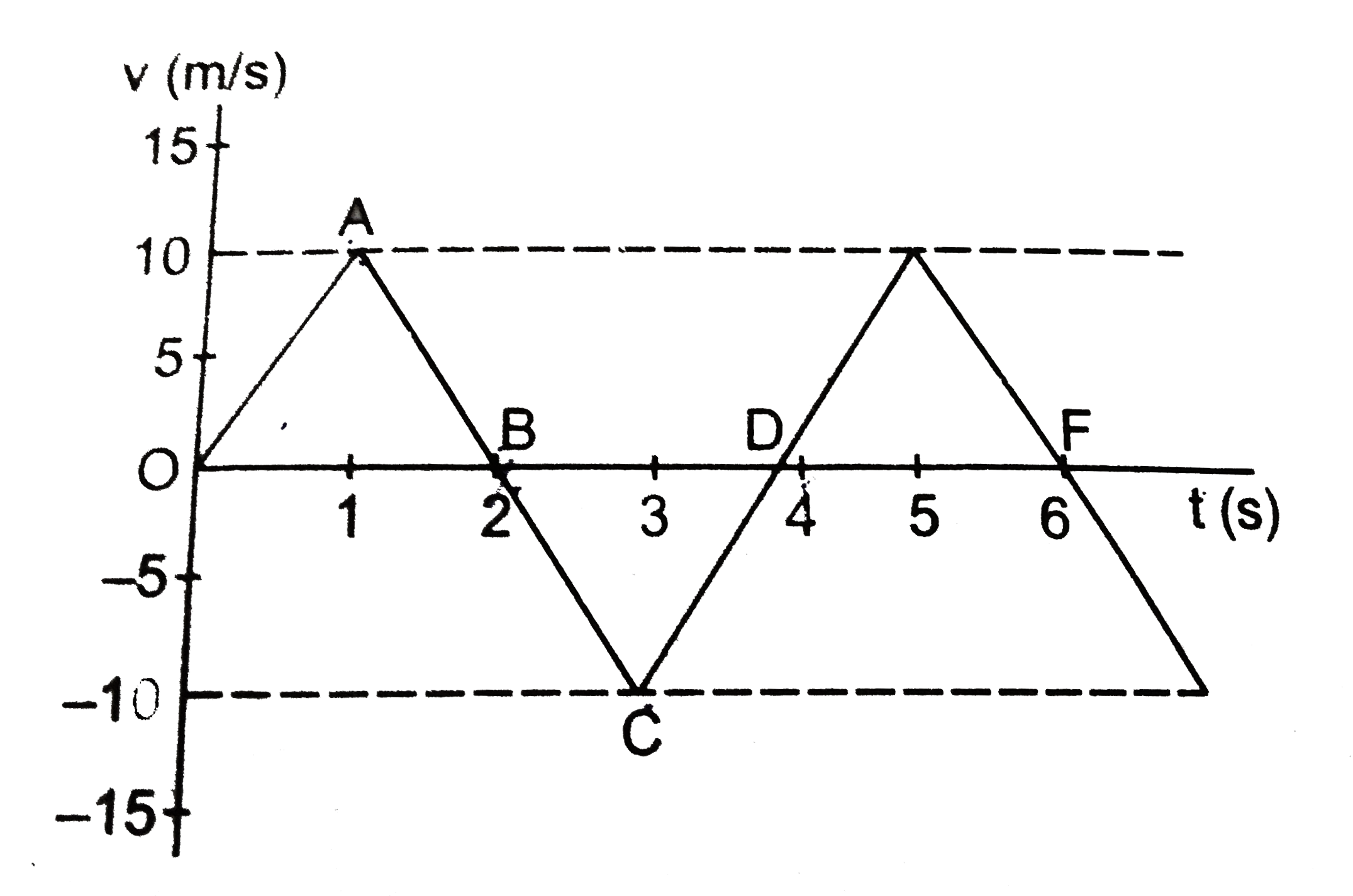 .
.
20m 20m
20m 30m
30m 20m
10m 20m
The correct Answer is:D
At t=0, the particle is at rest say at the origin. After that the velocity is positive, so that the particle moves in the positive x direction. Its speed increases till 1 second when it starts decreasing. The particle continues to move further in positive x direction. At t=2s, its velocity is reduced to zero, it has moved through a maximum positive x distance. Then it changes its direction, velocity being negative, but increasig i magnitude.At t=3s velocity is maximum in the negative x direction and then the magnitude starts decreasing. it comes to rest at t=4 s.
a. Distance during 0 to 2 s = Area of OAB
=12×2s×10ms=10m
b. Distance during 2 to 4s = Area of BCD = 10 m. The partile has mioved in negative x direction during this period.
c. The distance travelled during 0 to 4s=10 m+10m
=20m
d. displacement during 0 to 4 = 10 m+(-10m)=0
e. at t=1/2 s acceleration = slope of line OA=10 m/s^2
f. at t=2 s acceleration= slope of line ABC = - 10 m/s^2.
Topper's Solved these Questions
- BOOK - HC VERMACHAPTER - REST AND MOTION : KINEMATICSEXERCISE - Short Answer14videos
REST AND MOTION : KINEMATICS
- BOOK - HC VERMACHAPTER - REST AND MOTION : KINEMATICSEXERCISE - Objective 113videos
REST AND MOTION : KINEMATICS
- BOOK - HC VERMACHAPTER - REST AND MOTION : KINEMATICSEXERCISE - Exercises51videos
REST AND MOTION : KINEMATICS
- BOOK - HC VERMACHAPTER - PHYSICS AND MATHEMATICSEXERCISE - Exercises34videos
PHYSICS AND MATHEMATICS
- BOOK - HC VERMACHAPTER - ROTATIONAL MECHANICSEXERCISE - Exercises86videos
ROTATIONAL MECHANICS
Similar Questions
The speed verses time graph for a particle is shown in the figure. The distance travelled (in m) by the particle during the time interval t = 0 to t = 5 s will be __________
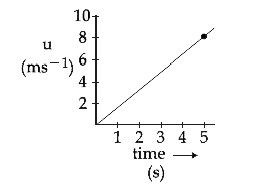 View Solution
View SolutionThe period of a particle in SHM is 8s. At t=0 it is in its equilibrium position.
(a) Compare the distance travelled in the first 4s and the second 4s.
(b) Compare the distance travelled in the first 2s and the second 2s.View Solution
Knowledge Check
- Question 1 - Select One
Position time graph of a particle of mass 2 kg is shown in figrure. Total work done on the particle from t=0 to t=4s is
 A8 JB4 JC0 JDCan't be determined
A8 JB4 JC0 JDCan't be determined - Question 2 - Select One
Figure shows the speed versus time graph for a particle. Find the distance travelled by the particle during the time t=0 to t=3s.
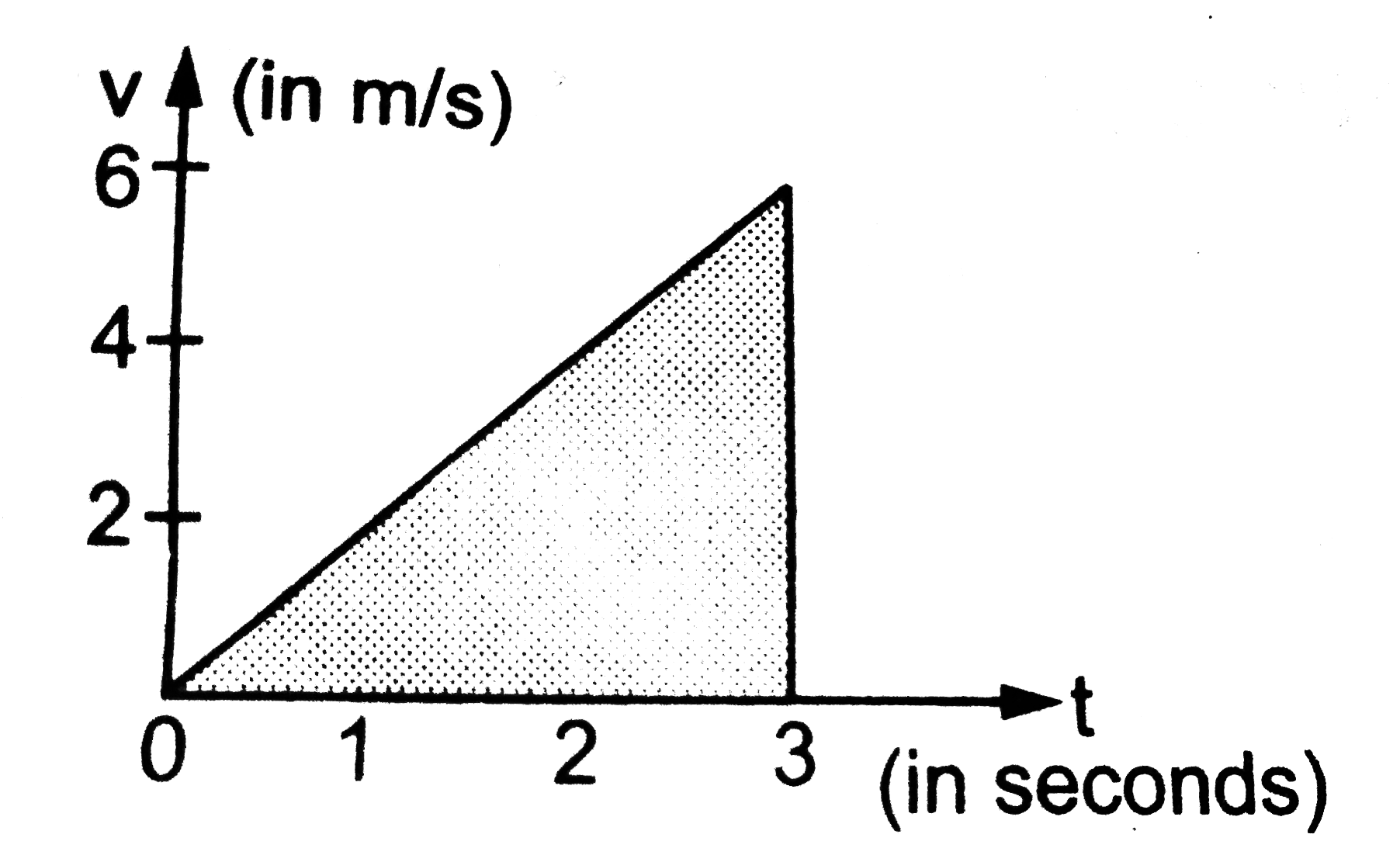 A9mB5mC2mD1m
A9mB5mC2mD1m - Question 3 - Select One
Acceleration - time graph for a particle is given in figure. If it starts motion at t = 0, distance travelled in 3 s will be
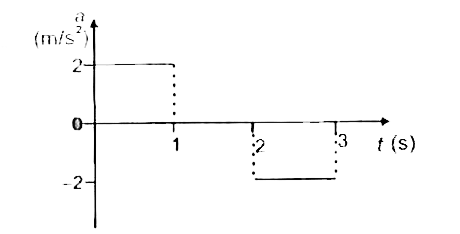 A4 mB2 mC0D6 m
A4 mB2 mC0D6 m
The acceleration-time graph of a particle moving along x-axis is shown in the figure. If the particle starts with velocity 3 m/s at t = 0, find the velocity of particle at t = 4 s.
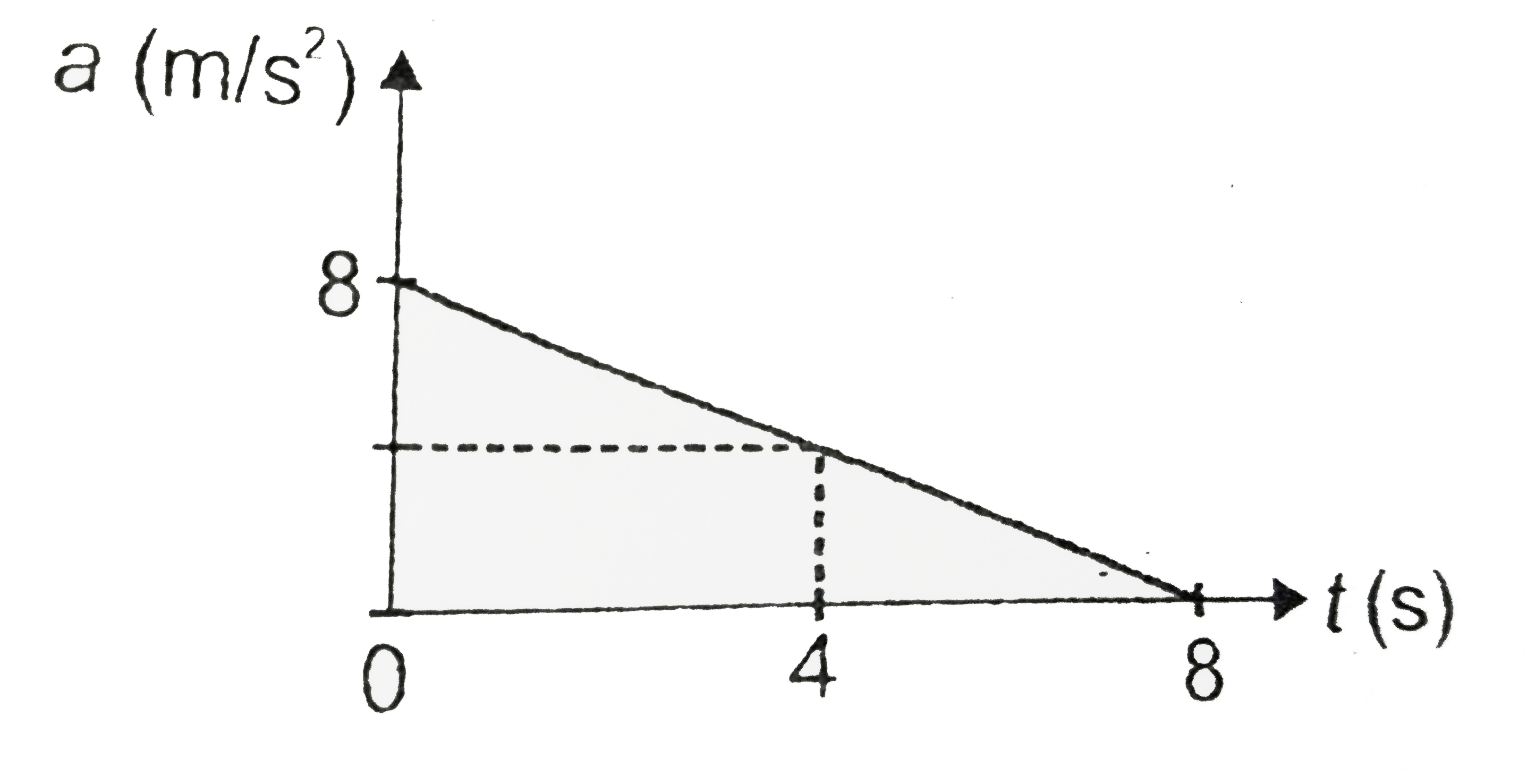 View Solution
View SolutionIf the distance s travelled by a particle in time t is s=asint+bcos2t, then the acceleration at t=0 is
View Solutionthe velocity of a particle varies with time as shown below the distance travelled by the travelled by the particle during t=2s"and" t= 6s. Is
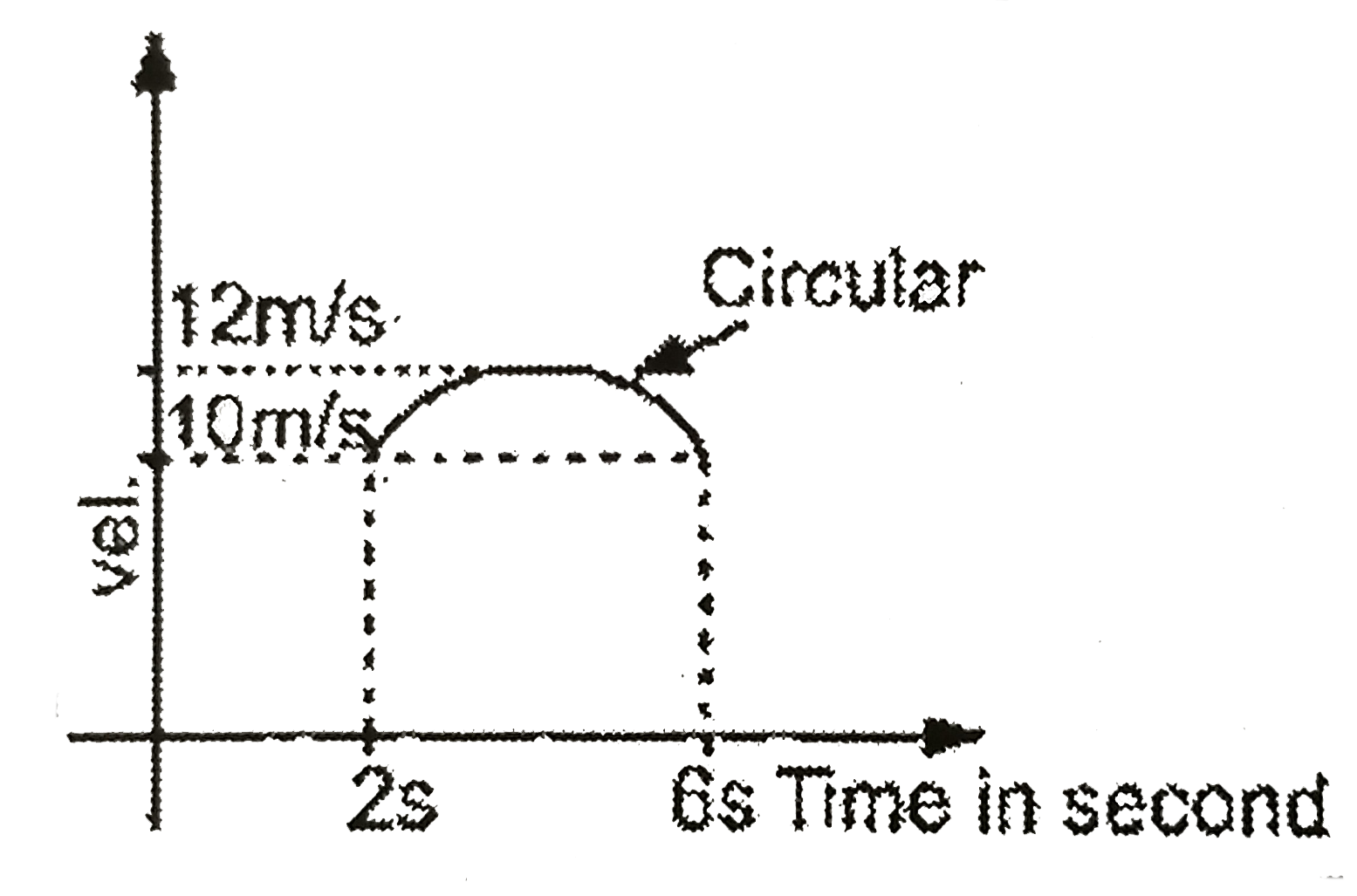 View Solution
View SolutionFigure shows the position time graph of a particle of mass 5kg. The force acting on the particle for 0<t<4s and 8s<t<12s respectively are,
 View Solution
View SolutionThe velocity of particle at time t is given by the relation v=6t−t26. The distance traveled in 3 s is, if s=0 at t=0
View Solution

